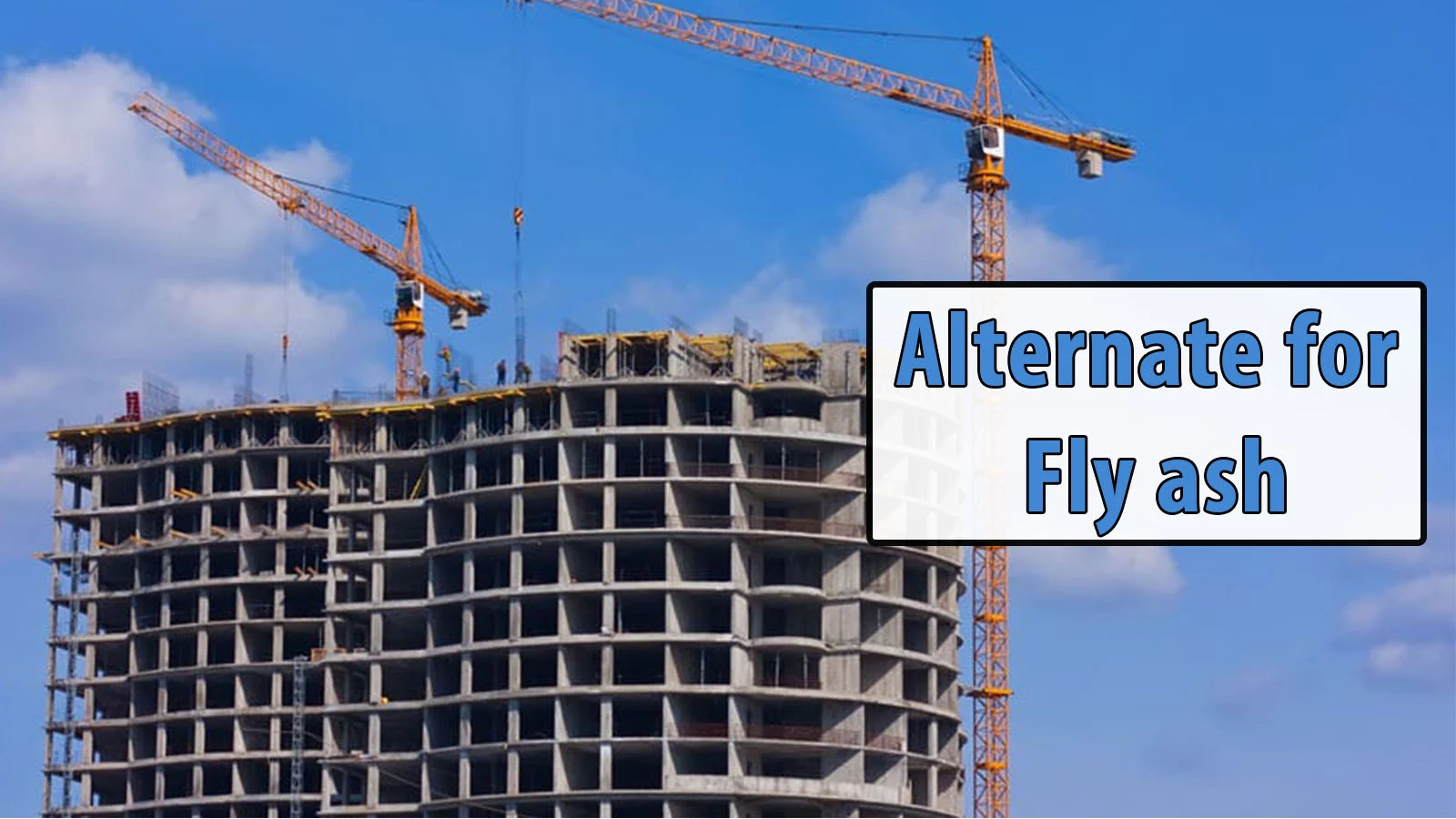Alternate for Fly ash

Ground Granulated Blast Furnace Slag (GGBFS)
The problems associated with the quality of fly ash do not exist in the case of Ground Granulated Blast Furnace Slag GGBFS, as the produce is necessarily the outcome of grinding to the required particle size.Thus the use of GGBFS as a mineral admixture should be preferred, despite long leads for end users in certain parts of India far from the steel plants.GGBFS sold in India is of uniform quality and particle size gradation.For many landmark structures such as the Burj Dubai (the tallest building in the world in 2009) GGBFS has been extensively used as a mineral admixture, even though the material is imported from other countries, resulting in the landed cost being more than that of cement.This was a conscious decision with a view to obtaining a more durable concrete structure.
In India the use of GGBFS has been fairly limited, in spite of all the technical advantages.The Indian Concrete Code permits up to 70% of cement replacement where GGBFS is used. Technically, the use of GG-BFS is more effective only at replacement levels of 50% or more. For a number of structures in a port in Andhra Pradesh, typically the M40 concrete mix contained 100 kg of cement and 300 kg of GGBFS.
Portland Slag Cement (PSC) is also available and useful for ensuring durability of concrete structures. Due to the proximity to steel mills, PSC is generally produced in locations close to steel plants. Here again due to the bulky nature of the product, the transportation cost predominate. Another issue concerning quality of the PSC is the actual percentage replacement while making PSC; this information is not normally displayed on the bags, leaving the user at a disadvantage. In developed countries, information regarding the percentage of slag utilized in making PSC is generally printed on each bag of cement.
Read More
Ferro-Cement Properties and Uses In Construction
Cement Replacement Using Fly Ash in Pozzocrete








